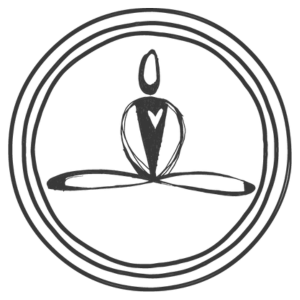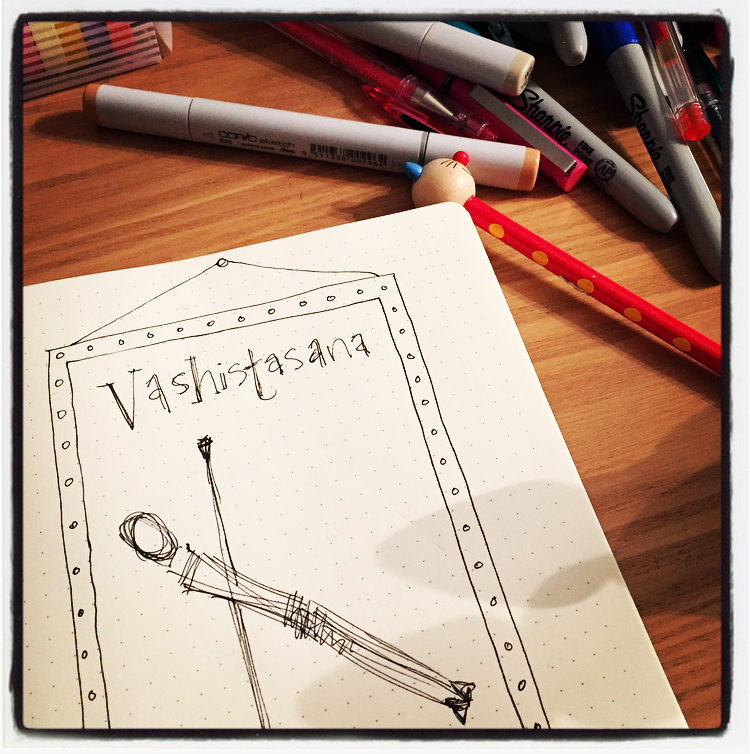What Vasisthasana {side plank pose} has taught me about my life right now
Every yoga practice is different from the last. And often you may find yourself loving (or hating) a certain pose. Sometimes it’s because you feel uncomfortable in the pose, which is usually an invitation to spend more time in it. Sometimes it’s because you may feel yourself getting stronger in the pose, which leaves you desiring to explore it more. If you pay close attention, you may also notice that it’s teaching you a deeper lesson about your life.
I’ve been practicing and being drawn to Vasisthasana (side plank pose) lately and I’ve noticed a steady increase in my energy and power in the pose and wanted to dig a little deeper into its meaning, as I believe it’s directly relevant to where I am on my yogic path and my life path.
“Vasistha literally means “most excellent, best, richest.”
In Hinduism, Vasistha was a sage who possessed a divine cow. The cow's offspring could grant whatever its owners wished, which made Vasistha wealthy. This is an apt name for vasisthasana as it can help the practitioner feel abundant in power and confidence in their yoga practice as it requires strong mental focus, concentration and balance.
Vasisthasana also assists in opening the anahata (heart) chakra as it opens the chest. This helps the practitioner to feel more receptive to the serenity, love, balance and peace that is all linked to the heart chakra.
My lovely friend Sarah demonstrates the beauty and strength of this pose
One metaphor I’ve been exploring is the necessity to be content with the present moment, even though it may be painful and hard. This is the hand rooted into the floor. The muscles might shake, the wrists might be feeling the strain, but this is the foundation that mustn’t be resisted, but instead appreciated. When the foundation is strong, the other arm and hand can reach up to the skies with energy, power and confidence. Sometimes it’s necessary to receive added support to the spiritual journey just like it’s necessary to modify the side plank posture in any number of variations. And when we can open up the chest and the heart chakra, we radiate a sense of love and balance in the pose (and in our life.)
Vasistha is the name of several well-known sages in the yoga tradition and all of the postures that are named after sages are difficult, just as the path to become a wise teacher or sage is rigorous and difficult.
As a newly qualified yoga teacher and as I transition into creating my own business, this pose allows me to explore the power and confidence required to show up, teach, learn and grow. How we handle our working edge in our practice is a direct correlation to our working edge in our life.
When practicing this pose or any other, listen to your body and your breath for cues to tell you where your working edge is, and when you find it, notice how you feel. Are you ready to jump in with everything you’ve got, or is it finally time to stop. As your own teacher, it’s up to you how you handle overcoming any set backs. How you handle your working edge will tell you all you need to know about where you are in your practice, and possibly even your life.
What is your working edge right now? How can you move a little bit deeper into a pose (or your life) to gain more focus, balance and power? Let me know in the comments below.


